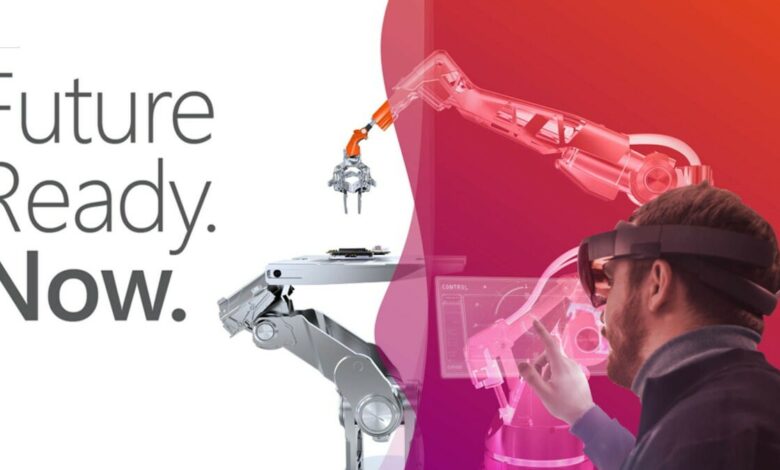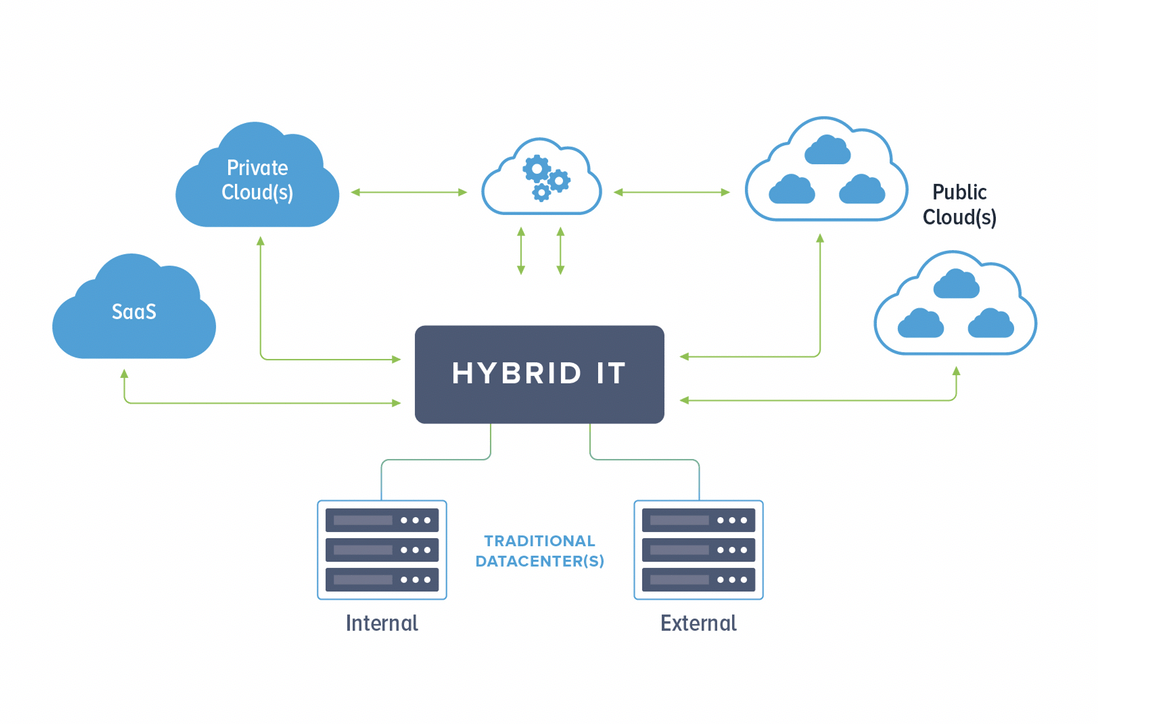
Covid-19’s continue destructive effect on the manufacturing industry highlights the needs and opportunities to rethink business operations to make them more responsive to market dynamics for becoming future ready.
Modern demand planning needs to be more sensitive to what the customer is experiencing, thereby encouraging sales and operational planning processes to respond accordingly. This explains why more and more business leaders are investing in digitalization.
Manufacturers Who Wish To Become Future-Ready!
According to Salesforce’s “Manufacturing Trend Report”, the report surveyed 750 surveys of global manufacturing leaders. In the next 24 months, the top priority for C-level executives is to improve process efficiency, demand planning, and provide new services.
The main difference between future-oriented manufacturers and non-future-oriented manufacturers is business agility.
In other words, in terms of digitizing sales and operations, its main focus on establishing strong channel partnerships, and adopting a “service as a revenue center” mindset.
The report provides four key lessons for manufacturers who wish to become future-ready.
1. The Customer-Facing Role Has Changed Forever
Although suppliers and production capacity were the first to bear the brunt of the pandemic’s initial impact, the most lasting changes are expected in terms of the customer-facing roles.
In addition to changes in capacity, the demand for digital marketing and customer communication has also increased significantly in the past twelve months.
In order to increase the transparency of customers and channels and the accuracy of forecasts, we have witnessed the obsolescence of manual methods such as predicting the future or collaborating on spreadsheets. Eight out of every 10 manufacturers believe that migrating plans to the cloud is an important challenge.
2. Cloud Is A Key Ally

Cloud technology is also related to future- preparedness. Future-oriented manufacturers are 2.2 times more likely to move their sales and operations systems to the cloud.
The possibility of completely migrating specific business-critical systems (such as financial planning or demand planning systems) is 2.5 times.
The ability to respond quickly to new product applications, meet demand, optimize overall inventory, collect near real-time feedback, and shorten revenue time from the release date, are some of the benefits.
3. Insights Will Drive Successful Partnerships
The ease of doing business is an important indicator of a partner’s success. The key part of this is channel partnership and collaboration.
More than 8 out of every 10 manufacturers admit to legacy tools, inaccessible data, and cloistered teams hinder their forecasting process.
This is why future-oriented respondents will digitize sales and operations to more effectively collaborate with channel partners, and build stronger relationships around data transparency, co-marketing and co-sales.
Moving forward, successful channel partnerships will also include the secure sharing of insights across the entire ecosystem from manufacturers to distributors to end customers.
4. In Order To Enhance Flexibility, You Need To Consider Aftermarket And Sales Services
Of course, the sales process is not limited to buying products. Aftermarket and sale services such as diagnostics, spare parts, and support are all growing in importance to the value proposition, especially for future-oriented manufacturers.

This group is also more optimistic about bundling products, software, support, and other services into a single revenue model, also known as servitization.
Overall, there are currently 86% of future-oriented manufacturers offering service-oriented options, which shows that they have a “service as a revenue center” mentality.
These new business models, coupled with advancements in migrating service systems to the cloud, put future-oriented manufacturers in a leading position or ahead of their peers.
As manufacturers prepare for the post-pandemic world, agility will become the basic fundamental for their business. More and more automated deployments will replace manual forecasting.
The digitization of operations and sales will become a key determinant of future readiness. In addition to this, the business models are the utmost important part of embedding resilience and incorporating flexibility into the manufacturer’s strategy.
Besides this, Future-Ready IT Architecture Will Promote The Power And Development Of Enterprises
The changes in the technology landscape over the past few years have provided opportunities for business growth, but it is testing IT leaders.
Today, the biggest challenge facing CIOs is to modernize their core IT infrastructure in the cloud era to meet new demands from the perspective of security and customer responsiveness, even if they control costs and tackle the growing IT complexity.
In addition to this, data protection systems such as the GDPR (General Data Protection Regulation) or equivalent laws in many countries/regions mean that CIOs must ensure the privacy, security of customer data, residency, and while responding to their business needs which maintain report control.

Public cloud-based deployments may not be suitable for all workloads. Due to the challenges of complexity, security, compliance, and total cost of ownership challenges, forward-looking CIOs are migrating to a hybrid multi-cloud architecture.
Hybrid Multi-Cloud Architecture Is Necessary

The hybrid multi-cloud architecture allows CIOs to move to a cloud-based model, enabling them to take advantage of the benefits provided by the cloud, including running workloads where and when they are needed, transferring workloads between on-premises and the cloud, and taking advantage of security and scalability features extensibility.
Here is the list of all the benefits provided by a Hybrid Multi-Cloud Architecture:
1. Fosters Security And Compliance
The shift to a hybrid multi-cloud architecture can enhance the security of mission-critical workloads, the flexibility of delivery, and extend data confidentiality beyond the host server and extend to the entire cloud.
In addition to this, the hybrid multi-cloud architecture provides a single glass view pane for security control over identity and access management, applications, network, data, and DevOps.
When creating a secure cloud solution, CIOs must adopt strong security policies and governance for their organizations to reduce risk and meet recognized security and compliance standards.
As they embrace cloud environments more and more, they need to unify security policies and controls across local and multiple clouds.
Automation is needed to ensure governance and compliance across clouds and the IaaS (infrastructure as a service), PaaS (platform as a service), and SaaS (software as a service).
In order to systematically evaluate cloud implementations, CIOs must use security control objectives.
2. Achieve The Transition To An Open Cloud Platform
CIOs can deploy, develop, operate and manage, workloads for their organizations in a hybrid, multi-cloud container environment.
An open cloud platform built on a standardized container platform such as Kubernetes provides the best combination of flexibility when choosing where to run workloads and ensures that workloads run safely and predictably.
The OpenShift platform approach brings together an integrated stack-registry, testing framework, security patches, storage, developer framework, monitoring, metering, application runtime, DevSecOps, etc.
CIOs can deploy open cloud platforms locally and on multiple clouds and manage them through a single glass pane.
More importantly, with the help of open-source hybrid cloud technology, CIOs can promote organizational innovation while avoiding the trap of vendor lock-in.
3. Streamlines Operations And Management
Today, customers or clients want applications with high availability, the ability to recover from disasters, and the performance to meet their needs or demands.
With hybrid multi-cloud, CIOs can build management and operational architecture for the organization, including automatic monitoring, problem management, service management, incident, and multi-cloud management to ensure high availability and resiliency.
Multi-cloud management is a new area where cross-cluster visibility, workload deployment, cost optimization, placement, security, and compliance monitoring can be performed seamlessly.
To conclude, with the help of a hybrid multi-cloud architecture, CIOs can make it easy for their organizations to carry out transformation projects, increase speed to market, adopt new business models, optimize costs, and most importantly, they can become future-ready.
Such an architecture allows them to take advantage of emerging technologies such as blockchain, analytics, artificial intelligence, Internet of Things, and benefit from consumption models such as PaaS and IaaS.
CIOs must also be aware that industry-specific architectures such as the financial services cloud are emerging and may witness an upward trend in the adoption of cumbersome regulatory industries that require extensive customization and control to ensure compliance; enhance and heightened security.




